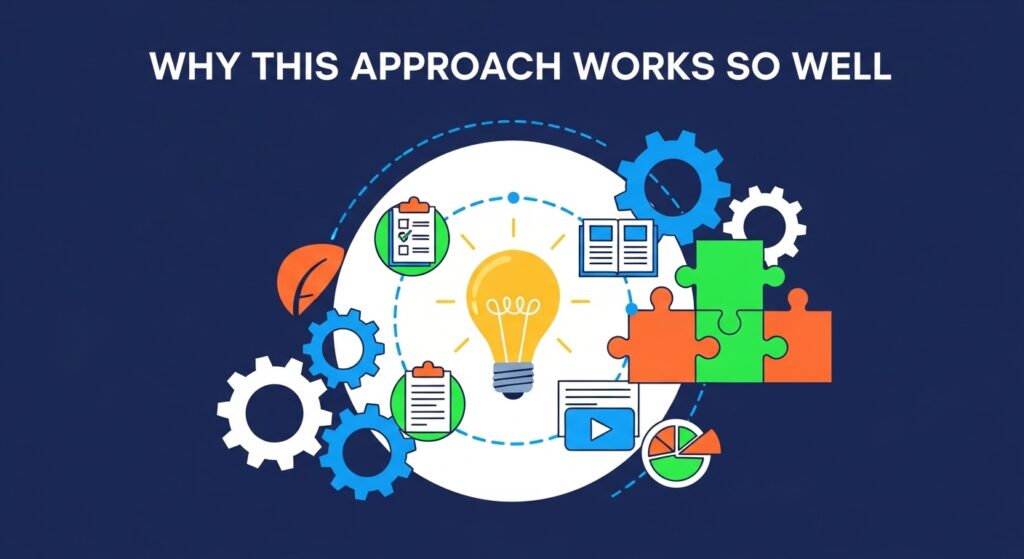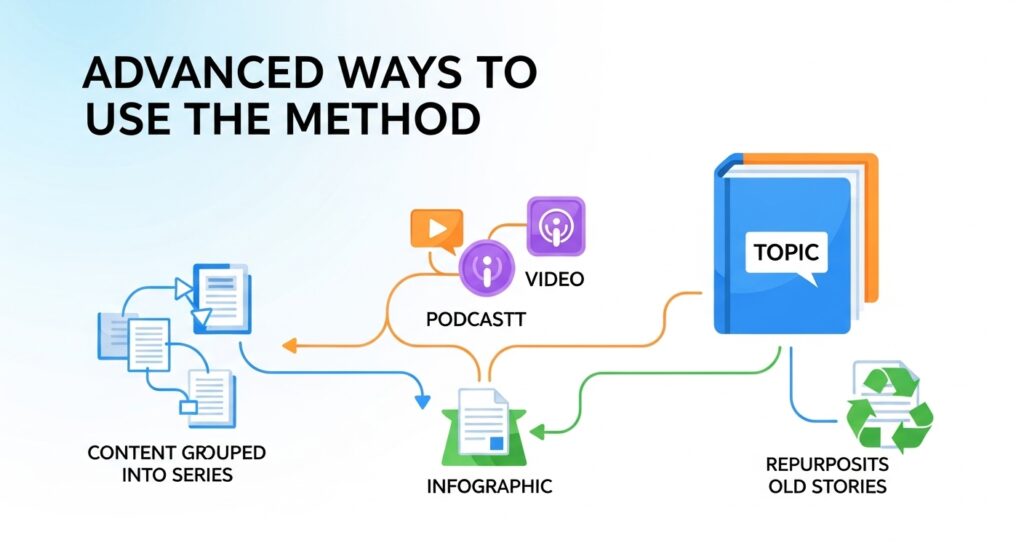When we write or share content online, one story is often not enough. Readers want more.
They want to see different sides, learn extra details, and explore new angles of the same subject. This is where the idea of your topics | multiple stories comes in.
It means choosing one subject and creating many stories around it. Each story gives fresh value, but together they build something bigger. This method not only keeps readers interested but also helps your content reach more people.
In this guide, we’ll explain what it means, why it works, and how you can use it to make better posts, blogs, or videos.
What Does “Your Topics | Multiple Stories” Mean?
Let’s break the phrase into two parts:
- Your Topics – The main ideas you want to cover.
- Multiple Stories – Different ways to talk about those ideas.
Think of it like a tree. The topic is the trunk. The stories are the branches. Each branch grows in a different direction, but they’re still part of the same tree.
Example: Healthy Living
- A recipe for a quick healthy lunch.
- A guide on shopping for low-cost healthy food.
- A story about someone who changed their life by eating better.
- A list of snacks that are both tasty and good for the body.
All these are different stories, but they connect back to the same theme: healthy living.
You may also like: MyFastBroker .com Review: Fast, Secure, and Easy Trading
Why This Approach Works So Well

1. Reaches More People
Different people like different kinds of content. Some love lists, others prefer guides, and some enjoy personal stories. By sharing many stories, you can connect with more readers.
2. Improves Search Results
Search engines reward variety. If you cover the same topic in many ways, your work is more likely to appear in searches.
3. Builds Trust and Authority
When readers see you explore one subject from many angles, they begin to view you as an expert. This creates long-term trust.
4. Keeps Content Fresh
Instead of writing one long post and leaving it at that, you can spread your ideas across several pieces. Each one adds freshness and value.
You may also like: The Online Game Event Undergrowthgameline: Full Guide
How to Apply the Method
Step 1: Choose a Main Topic
Pick a subject with many parts to explore. It should be something people search for, talk about, or need help with.
Example: Saving Money
Step 2: Find Subtopics
Inside the main topic, look for smaller pieces. Each one can become a separate story.
| Main Topic | Subtopics |
|---|---|
| Saving Money | Budgeting tips, cheap meals, second-hand shopping, energy-saving hacks |
Step 3: Decide Content Types
Not every story should look the same. Mix guides, lists, stories, and visuals to keep things fun.
| Story Idea | Content Type |
|---|---|
| How to Save on Groceries | List or Guide |
| 5 Mistakes in Budgeting | Tips/Checklist |
| My Month Without Shopping | Personal Story |
| Save Energy at Home | Infographic or Video |
Step 4: Make a Simple Plan
Instead of writing everything at once, spread it out. Post weekly, monthly, or in a series.
| Week | Topic | Content Type |
|---|---|---|
| Week 1 | Budgeting Tips | Guide |
| Week 2 | Cheap Family Meals | Recipes |
| Week 3 | Shopping Tricks | List |
| Week 4 | Personal Story | Blog/Video |
Tips to Make It Work
- Use simple words – Readers understand better when language is clear.
- Keep each story fresh – Avoid repeating the same points.
- Mix styles – Use lists, guides, personal notes, or case studies.
- Think of your audience – What do they need or want to know?
- Add visuals – Charts, images, and videos explain things faster.
Benefits of the Strategy
| Benefit | Meaning |
|---|---|
| Reach More People | Different story formats attract different readers |
| Boost Search Visibility | Covering one subject in many ways improves ranking |
| Keep Readers Engaged | Variety keeps people coming back |
| Show Expertise | Covering all angles builds authority and trust |
Real-Life Example
Example Topic: Flexible Classrooms
Let’s say you want to write about Classroom 30X, a new learning space idea. Here’s how you can use multiple stories:
| Story Title | What It Covers |
|---|---|
| What Is Classroom 30X? | Explains the concept |
| How It Helps Students Learn | Benefits like focus and teamwork |
| Setting Up a 30X Space | Layout, tools, and setup tips |
| Teacher Experiences | Real stories from classrooms |
This way, the topic feels complete and detailed, but never boring.
Advanced Ways to Use the Method

Group Content into Series
Turn your stories into a mini-series. Each part builds on the last, keeping readers curious.
Use Different Media Formats
Don’t just write. Use videos, charts, podcasts, or infographics.
Repurpose Old Stories
An old blog can become a video. A list can turn into a chart. A guide can be updated with new tips.
Common Mistakes to Avoid
- Repeating Ideas – Don’t say the same thing in every story.
- Hard Words – Readers want clear, simple language.
- One Style Only – Don’t stick only to guides or lists. Mix it up.
- Ignoring the Audience – Focus on what readers really need.
Conclusion
The your topics | multiple stories method is simple but powerful. It allows you to:
- Explore one subject from many angles.
- Reach more people with different content types.
- Build trust as someone who knows the topic well.
- Keep content fresh and engaging over time.
You don’t need to be a professional writer to use this method. Just pick a subject you know, break it into smaller ideas, and share them in different formats.
Next time you plan your content, remember: one story is good, but many stories on the same topic are even better. That’s the smart way to connect, engage, and grow online.
You may also like: RaterPoint Review: Features, Benefits, and Why It’s Future
Talha Younas is a modern-day generalist. He writes with clarity and ease, covering technology, digital trends, lifestyle tips, and beyond. With a balanced approach, he brings a reliable and relatable voice to everyday reading.

